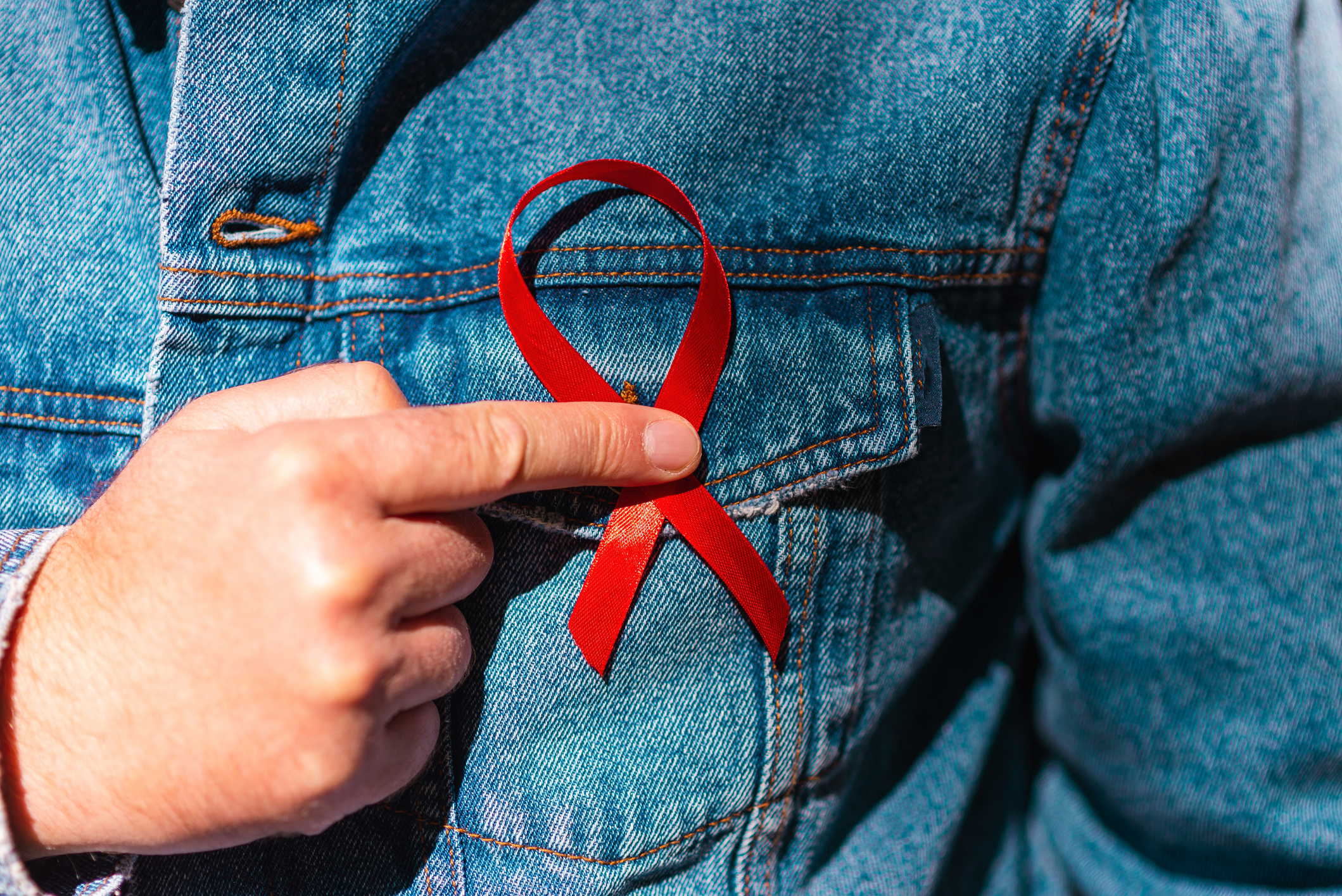2024-12-04
HIV and Innate Immunity: How Early Responses Shape the Evolution of Viral Reservoirs
Allergology and Immunology Infectiology
Understanding the Dynamics of Viral Reservoirs
The study is based on data from a trial involving patients who started antiretroviral therapy during the acute phase of HIV infection. Using advanced tools such as genomic sequencing to identify intact proviruses and single-cell proteogenomic profiling to analyze phenotypic signatures, several key findings emerged:- Selection of Intact Proviruses: Rapid integration into repressive chromatin regions (heterochromatin), independent of adaptive immune responses.
- Unique Phenotypic Signatures: Increased expression of innate immunity markers such as HLA-C, HLA-G, and receptors for IL-10 and TGF-β, promoting deep latency and heightened resistance to clearance.
- Early Clonal Expansion: Significant proliferation of reservoir cells containing intact proviruses within the first six months of treatment, illustrating the early impact of ART on reservoir dynamics.
Innate Immunity: A New Lever in HIV Control
These findings highlight the critical role of innate immunity in managing viral reservoirs. Leveraging these mechanisms could weaken reservoir cells and reduce their persistence. In addition to paving the way for new therapeutic strategies, these insights support the possibility of personalized treatments tailored to the immune specifics of each patient. Finally, identifying markers associated with latency offers an opportunity to design strategies aimed at reactivating or eliminating these reservoirs, with promising clinical studies on the horizon.
Last press reviews
A post-exercise infrared sauna session: a booster for neuromuscular recovery or just comfort?

By Lila Rouland | Published on December 15, 2025 | 3 min read<br>
Cinnamon: more than just a spice?

By Ana Espino | Published on December 12, 2025 | 3 min read<br>...
Pneumothorax: surgery or patience?

By Ana Espino | Published on December 11, 2025 | 3 min read<br>...